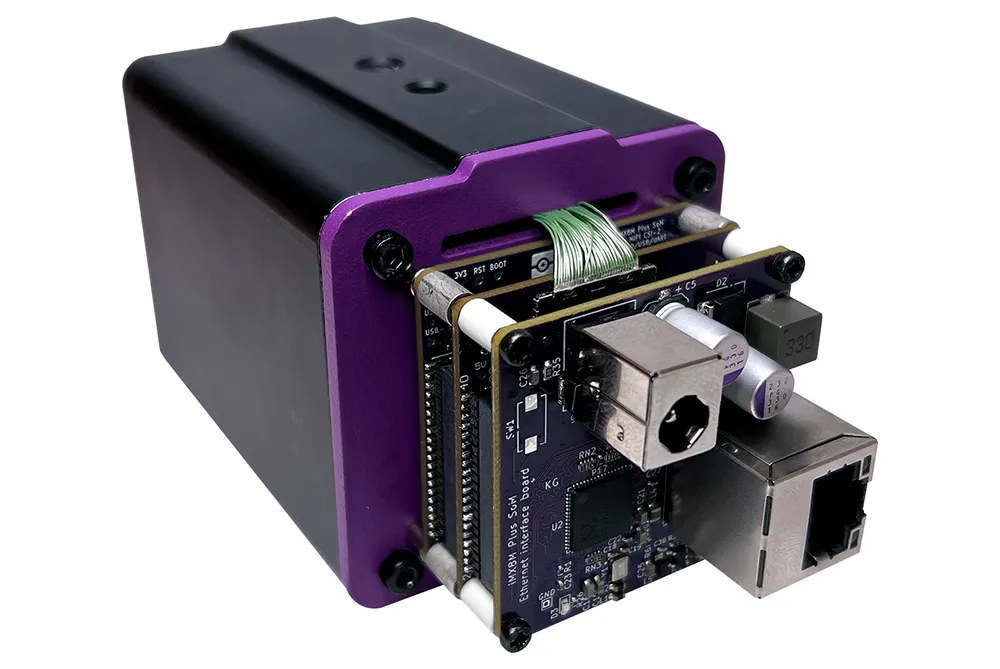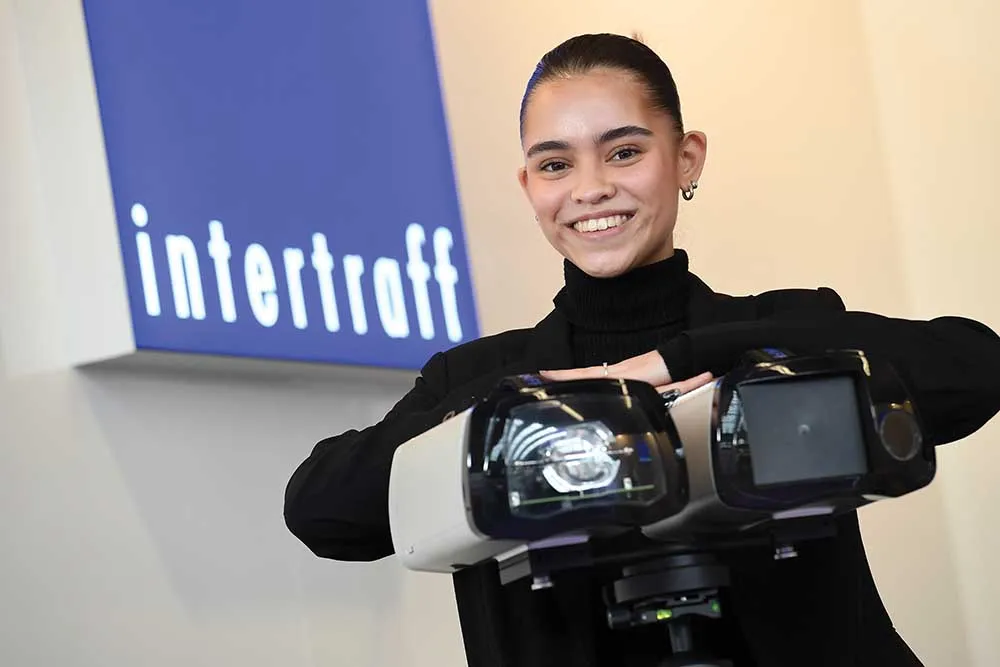
The Neural Labs' VPAR application makes the recognition of automobile licence plates possible using either the images from a hard drive or from a camera. Using proprietary image analysis and neural networks algorithms, it is claimed the application achieves spectacular reliability under even the worst of conditions.
The company says that with a PC, the software and The Imaging Source cameras and lenses it is possible to create an entire recognition system which the end user can then integrate into their own housing and software. One-, two-, or four-lane coverage can be achieved with the compact and flexible modular cameras from The Imaging Source.










